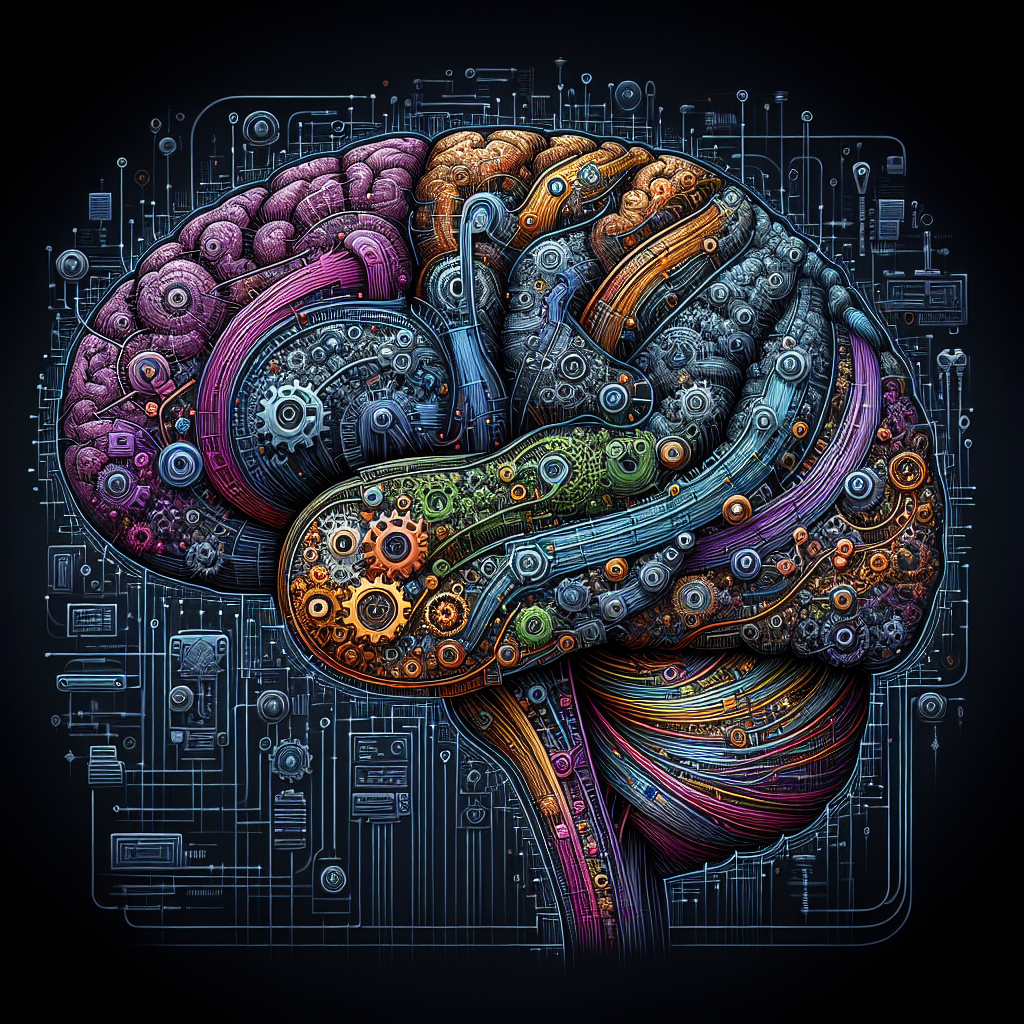Demystifying AGI: What You Need to Know About the Future of Artificial Intelligence
Artificial General Intelligence (AGI) is a term that has been gaining popularity in recent years, as advancements in artificial intelligence technology continue to push the boundaries of what machines are capable of. AGI refers to a type of artificial intelligence that possesses the ability to understand, learn, and apply knowledge in a way that is similar to human intelligence. This level of AI is often seen as the holy grail of artificial intelligence, as it has the potential to revolutionize virtually every aspect of society.
In this article, we will explore what AGI is, how it differs from other forms of artificial intelligence, and what the future may hold for this rapidly evolving technology.
What is AGI?
AGI, or Artificial General Intelligence, refers to a type of artificial intelligence that possesses the ability to understand and apply knowledge in a way that is similar to human intelligence. Unlike narrow AI, which is designed to perform specific tasks or solve specific problems, AGI has the potential to learn and adapt to new situations, make decisions, and even exhibit creativity and problem-solving skills.
At its core, AGI is designed to mimic the cognitive abilities of the human brain, allowing machines to think, reason, and learn in a way that is similar to humans. This level of intelligence has the potential to revolutionize virtually every industry, from healthcare to education to finance, by enabling machines to perform complex tasks and make decisions that were once thought to be the exclusive domain of human beings.
How is AGI Different from Other Forms of AI?
While AGI is often used interchangeably with the term “artificial intelligence,” it is important to note that AGI represents a specific level of intelligence within the broader field of AI. In general, AI can be divided into three main categories: narrow AI, general AI, and superintelligent AI.
Narrow AI, also known as weak AI, refers to artificial intelligence that is designed to perform specific tasks or solve specific problems. Examples of narrow AI include virtual assistants like Siri and Alexa, recommendation algorithms used by online retailers, and self-driving cars. While narrow AI can be incredibly powerful and useful, it is limited in scope and cannot generalize its knowledge to new situations or tasks.
General AI, or AGI, represents the next level of artificial intelligence, as it has the ability to understand, learn, and apply knowledge in a way that is similar to human intelligence. AGI has the potential to think, reason, and learn in a way that is not limited to specific tasks or problems, making it incredibly versatile and powerful.
Superintelligent AI, on the other hand, represents a level of artificial intelligence that surpasses human intelligence in every way. Superintelligent AI is often seen as a hypothetical future development, as it has the potential to outperform humans in virtually every domain, including scientific research, creativity, and problem-solving.
What Does the Future Hold for AGI?
The future of AGI is still uncertain, as researchers and developers continue to push the boundaries of artificial intelligence technology. While AGI has the potential to revolutionize virtually every aspect of society, including healthcare, education, and finance, there are also significant challenges and ethical considerations that must be addressed before AGI becomes a reality.
One of the main challenges facing AGI is the development of algorithms that are capable of learning and adapting to new situations in a way that is similar to human intelligence. While current AI technologies are incredibly powerful and versatile, they are often limited by their ability to generalize knowledge and apply it to new tasks or problems.
Another challenge facing AGI is the potential for bias and discrimination in AI systems. As machines become more intelligent and autonomous, there is a risk that they may inadvertently perpetuate or even exacerbate existing biases and inequalities in society. Addressing these issues will require a concerted effort from researchers, developers, and policymakers to ensure that AGI is developed in a way that is fair, transparent, and ethical.
Despite these challenges, the future of AGI is incredibly promising, as researchers and developers continue to make groundbreaking advancements in artificial intelligence technology. AGI has the potential to transform virtually every industry, from healthcare to education to finance, by enabling machines to perform complex tasks and make decisions that were once thought to be the exclusive domain of human beings.
FAQs
Q: Will AGI replace human workers in the workforce?
A: While AGI has the potential to automate many tasks currently performed by humans, it is unlikely to completely replace human workers in the workforce. Instead, AGI is more likely to augment human labor by performing routine or repetitive tasks, freeing up humans to focus on more complex and creative work.
Q: How will AGI impact society?
A: AGI has the potential to revolutionize virtually every aspect of society, from healthcare to education to finance. By enabling machines to perform complex tasks and make decisions that were once thought to be the exclusive domain of human beings, AGI has the potential to significantly improve efficiency, productivity, and innovation in virtually every industry.
Q: What are the ethical considerations surrounding AGI?
A: There are significant ethical considerations surrounding AGI, including the potential for bias and discrimination in AI systems, the impact of automation on the workforce, and the potential for AGI to outperform humans in virtually every domain. Addressing these issues will require a concerted effort from researchers, developers, and policymakers to ensure that AGI is developed in a way that is fair, transparent, and ethical.

